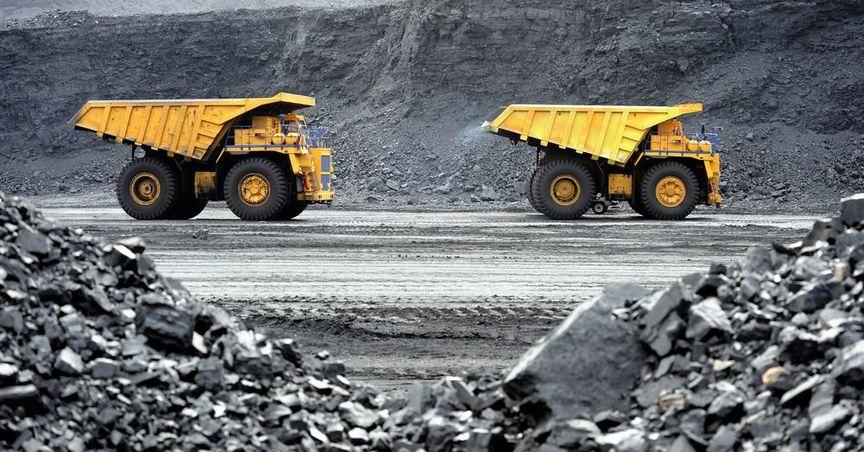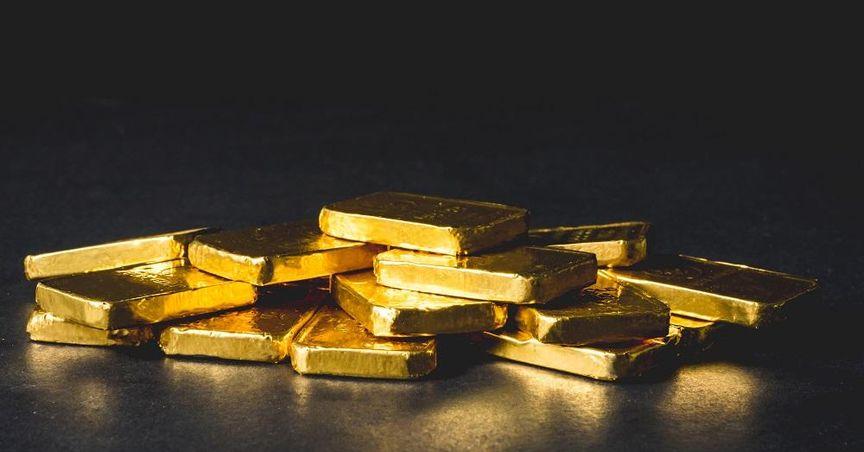Catch the latest updates from Australia's premier stock exchange & market indices.
Hey ! We have sent you a verification e-mail.
Please follow the instructions on the e-mail to complete your registration. If you can't find it, Please check your spam folder
EXPLORE KALKINEMEDIA.COM
Zeus Resources Expands US Strategy for Casablanca Project | ASX 3...
July 16, 2025 04:35 PM AEST | By Team Kalkine Media

Krakatoa Advances Drilling Plans at Zopkhito Antimony-Gold Projec...
July 16, 2025 04:33 PM AEST | By Team Kalkine Media

Giant Mining Extends Breccia Body at Majuba Hill Porphyry Project
July 16, 2025 04:29 PM AEST | By Team Kalkine Media

Prescient Therapeutics (ASX:PTX) Begins US Enrolment for PTX-100...
July 16, 2025 04:24 PM AEST | By Team Kalkine Media

Krakatoa (ASX:KTA) Advances Zopkhito Antimony-Gold Drilling Plan...
July 16, 2025 04:22 PM AEST | By Team Kalkine Media
Data provided by CoinMarketCap.com. & delayed by few minutes. Read Disclosure
ASSETS
| Index | Price(USD) | Change |
|---|
Welcome to Kalkine Media Pty Ltd. website. Your website access and usage is governed by the applicable Terms of Use & Privacy Policy.
Welcome to Kalkine Media LLC website. Your website access and usage is governed by the applicable Terms and Conditions & Privacy Policy.
Welcome to Kalkine Media New Zealand Limited website. Your website access and usage is governed by the applicable Terms and Conditions & Privacy Policy.
Welcome to Kalkine Media Incorporated website. Your website access and usage is governed by the applicable Terms and Conditions & Privacy Policy.
Welcome to Kalkine Media Limited website. Your website access and usage is governed by the applicable Terms of Use & Privacy Policy.
Welcome to Kalkine Media Limited website. Your website access and usage is governed by the applicable Terms of Use & Privacy Policy.
Welcome to Kalkine Media Limited website. Your website access and usage is governed by the applicable Terms of Use & Privacy Policy.
Welcome to Kalkine Media Limited website. Your website access and usage is governed by the applicable Terms of Use & Privacy Policy.
Welcome to Kalkine Media Limited website. Your website access and usage is governed by the applicable Terms of Use & Privacy Policy.
Welcome to Kalkine Media Limited website. Your website access and usage is governed by the applicable Terms of Use & Privacy Policy.
Welcome to Kalkine Media Limited website. Your website access and usage is governed by the applicable Terms of Use & Privacy Policy.
Welcome to Kalkine Media Limited website. Your website access and usage is governed by the applicable Terms of Use & Privacy Policy.
Welcome to Kalkine Media Limited website. Your website access and usage is governed by the applicable Terms of Use & Privacy Policy.
Welcome to Kalkine Media Limited website. Your website access and usage is governed by the applicable Terms of Use & Privacy Policy.
Welcome to Kalkine Media Limited website. Your website access and usage is governed by the applicable Terms of Use & Privacy Policy.
Welcome to Kalkine Media Limited website. Your website access and usage is governed by the applicable Terms of Use & Privacy Policy.
Welcome to Kalkine Media Limited website. Your website access and usage is governed by the applicable Terms of Use & Privacy Policy.
Welcome to Kalkine Media Limited website. Your website access and usage is governed by the applicable Terms of Use & Privacy Policy.
Welcome to Kalkine Media Limited website. Your website access and usage is governed by the applicable Terms of Use & Privacy Policy.
Welcome to Kalkine Media Limited website. Your website access and usage is governed by the applicable Terms of Use & Privacy Policy.
مرحبًا بكم في موقع Kalkine Media Limited. يخضع الوصول إلى موقع الويب الخاص بك واستخدامه لما هو معمول بهشروط الاستخدام & سياسة الخصوصية.
Bienvenue sur le site Web de Kalkine Media Limited. L'accès et l'utilisation de votre site Web sont régis par les Conditions d'utilisation & Politique de confidentialité.
Bienvenido al sitio web de Kalkine Media Limited. El acceso y el uso de su sitio web se rigen por los Términos de uso y Política de privacidad.
Willkommen auf der Website von Kalkine Media Limited. Der Zugriff und die Nutzung Ihrer Website unterliegen den geltenden Nutzungsbedingungen & Datenschutzerklärung.
Willkommen auf der Website von Kalkine Media Limited. Der Zugriff und die Nutzung Ihrer Website unterliegen den geltenden Nutzungsbedingungen & Datenschutzerklärung.
